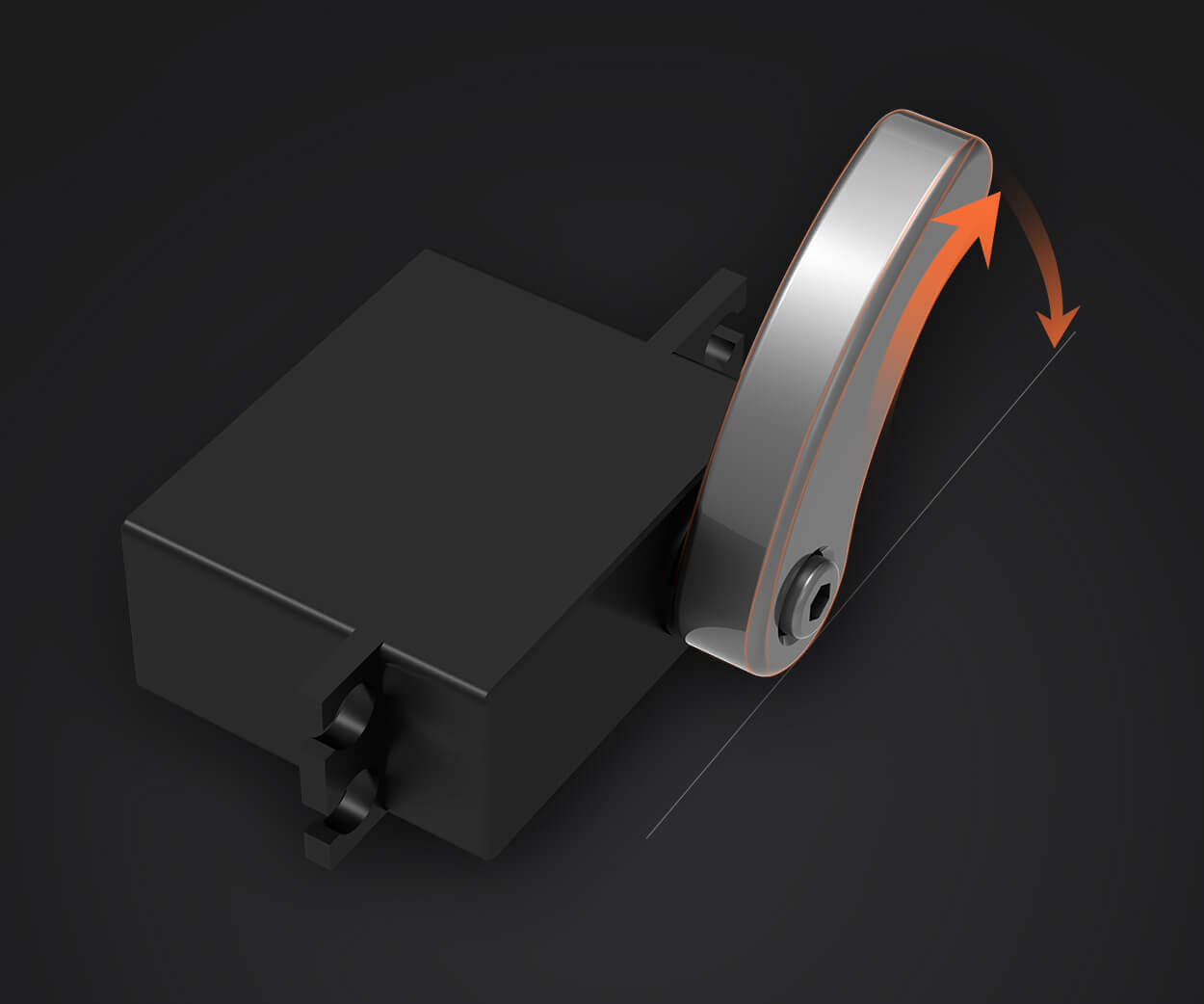When it comes to high-precision control in machinery and robotics, the servo motor is often the unsung hero. Many industries, from manufacturing to robotics, rely on this powerful tool for consistent performance. But how do you get started with using a servo motor effectively? It might seem complex at first, but once you break it down, it's not as intimidating as it sounds.

What Exactly is a Servo Motor?
In simple terms, a servo motor is a device that uses a feedback loop to control the position, speed, and torque of a mechanical system. Unlike regular motors, which simply spin, a servo motor allows for precise movement and control, making it a must-have for applications that require accuracy—like in robotic arms or automated assembly lines.
How Does It Work?
You’ll usually find a small sensor or encoder inside the servo motor that continuously monitors the position of the motor shaft. This allows the system to correct any drift or errors in real-time. Think of it like a GPS system in your car—constantly checking your location to keep you on track.
Setting Up a Servo Motor: The Basics
Getting a servo motor to work isn’t too difficult, but it does require the right setup. First, you'll need to connect the motor to a control system, which is typically an Arduino or a microcontroller. The beauty of using something like an Arduino is that you can write simple code to tell the motor exactly what to do.
For example, if you’re using a servo motor to move an arm in a robotic system, you’d input code that tells the motor to rotate a specific number of degrees. The motor receives this command, adjusts the shaft accordingly, and that’s it. Simple, right?
Key Things to Keep in Mind
Voltage and Power: Not all servo motors are created equal, and they come in different power ratings. Make sure you pick a servo motor that matches the voltage and current specifications of your system. Too much or too little power can lead to overheating or malfunction.
Feedback and Precision: The real value of a servo motor is in its precision. With a quality motor, you'll see minimal movement error, which is especially critical in systems where accuracy is key. So, don’t skip out on quality here—investing in a reliable servo motor pays off in the long run.
Troubleshooting: Common Issues
One of the most common issues you might encounter when using a servo motor is jittery movement. If your servo is moving erratically or not holding its position, the problem could be due to power supply issues, incorrect wiring, or faulty connections. If you’ve ruled out the obvious problems, check your code to make sure the commands are being sent properly.
Another issue is when a servo motor gets "stuck" at a certain position. This might indicate that the servo isn’t receiving enough current or that the gear inside the motor has become jammed. A quick fix here could involve a simple reset or power cycle.
Final Thoughts
Using a servo motor is much like learning to drive a car—there’s a learning curve, but once you understand the basics, it’s all about practice and tweaking things until they’re just right. With the right tools, knowledge, and a bit of patience, you’ll be able to harness the full potential of this versatile motor. Whether you’re working on a new project or trying to improve an existing one, servo motors offer a reliable, high-performance solution. Just take it step by step, and soon you’ll be a pro at mastering their precision and power.
Established in 2005, Kpower has been dedicated to a professional compact motion unit manufacturer, headquartered in Dongguan, Guangdong Province, China. Leveraging innovations in modular drive technology, Kpower integrates high-performance motors, precision reducers, and multi-protocol control systems to provide efficient and customized smart drive system solutions. Kpower has delivered professional drive system solutions to over 500 enterprise clients globally with products covering various fields such as Smart Home Systems, Automatic Electronics, Robotics, Precision Agriculture, Drones, and Industrial Automation.




































